A country that has a territorial area little larger than that of the Marche region, but has virtually unlimited financial resources thanks to the proceeds from the sale of oil, which accounts for about 90 percent of exports. We are talking about Qatar, the small emirate in the Persian Gulf currently at the center of world attention for the Qatargate scandal and for the World Cup that just ended and was awarded amidst a thousand controversies precisely to Qatar. There is no newspaper that, in talking about the World Cup, has not mentioned the repressive policies towards the LGBTQ+ community, the huge gender gaps, the thousands of deaths of migrant workers engaged in the many construction sites active throughout the country especially after the awarding of the World Cup, the problems related to alcohol regulations, a judicial system in which the death penalty and corporal punishments still exist (the consumption of alcoholic beverages, for example, is punished by caning). There is even a very long entry on Wikipedia devoted to the state of human rights in the emirate. And now also the issue of alleged bribes being paid to European parliamentarians.
Qatar’s media image has certainly not emerged strengthened by the latest events affecting the country (far from it), despite the pharaonic investments also in art and culture to present the emirate in the eyes of the world as an active and attentive country in the arts. Qatar, for almost two decades, has been spending huge resources to open museums, purchase artworks, support exhibitions and cultural institutions around the world, and hire renowned artists for interventions in the country. And this has led to a rapid development of contemporary art, so much so that in 2017, in Berlin, the country organized a major exhibition to introduce its art scene to Europeans, bringing in works by 30 local artists not only to affirm the country’s identity but also to demonstrate the diversity of the Qatari cultural landscape and the transformations the country has undergone in recent times. But how has Qatar sought to accredit itself in the global cultural landscape? Let’s take a broad look at what has happened in recent years on the shores of the Persian Gulf.
It was in 2005 that the Qatar Museums institute was founded and charged with guiding the country’s cultural development. Since then, Qatar Museums has invested billions of dollars to build museums, fill them with artworks, organize exhibitions and events, and commission public art interventions from leading international artists. Only in March, the chairwoman of Qatar Museums (who is a member of the ruling family: Al-Mayassa bint Hamad Al Thani, a young sister of the current Emir Tamim bin Hamad Al Thani), announced the opening of three new museums, namely the Lusail Museum, the Art Mill Museum, and the Qatar Auto Museum, which will be built in three buildings designed by as many, prominent European architectural firms. The first, set to open in early 2023 in a building designed by Jacques Herzog, has been touted as the world’s largest museum for Oriental art. The Art Mill Museum, scheduled to open in 2030 in a building designed by Zurich-based VOGT Landscape Architects, will be housed in an old industrial mill and will aim to represent contemporary art from around the world (taking it broadly: from the 19th century to the present), on an “equal basis.” In contrast, the Qatar Auto Museum, whose construction, designed by Rem Koolhaas’ OMA studio, will begin in late 2022, will be a museum dedicated to the automobile. Instead, it dates back to March 2019 theopening of the National Museum of Qatar, in a building designed by Jean Nouvel (who is also responsible for the design of the Louvre Abu Dhabi, to remain on the Persian Gulf), a large museum of 52,000 square meters housing 11 galleries to tell the entire history of the country from prehistory to the present day, with displays of archaeological finds, textiles and costumes, jewelry, everyday objects, boats, artworks, books, and historical documents. Among the “older” museums, on the other hand, it is possible to include the Museum of Islamic Art, designed by I.M. Pei, opened in 2008 and renovated for the World Cup: it is an institute entirely dedicated to the history of Islamic art from the 7th century to the present.

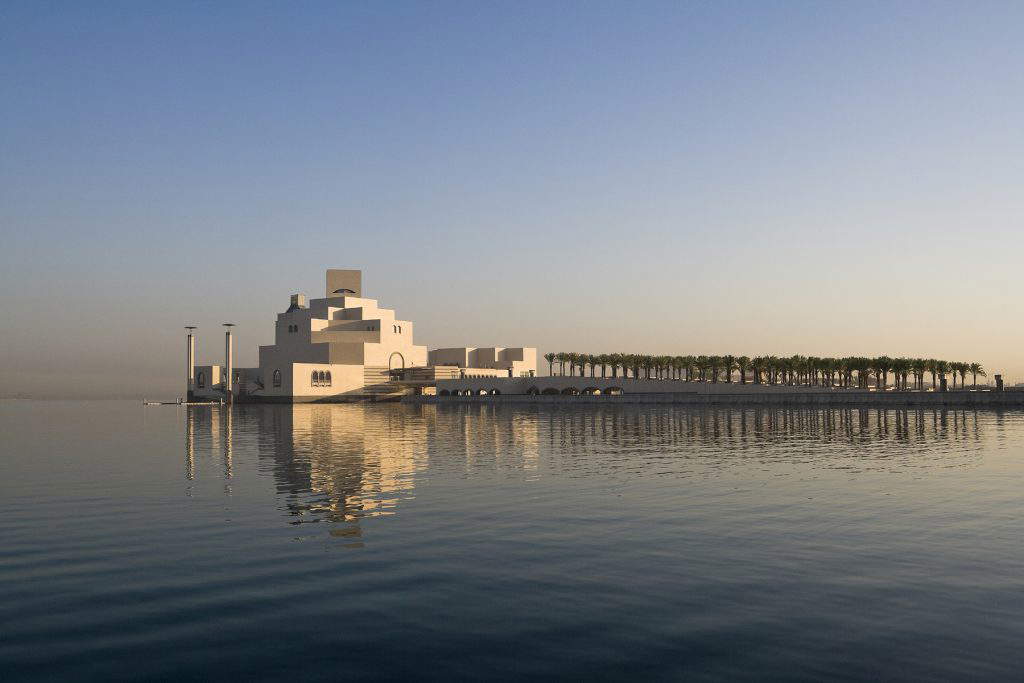

The latest are those inaugurated for the World Cup: last year, in the run-up to the World Cup, Qatar announced its goal of transforming itself into a huge open-air museum, and so it did. Dozens of works of art executed by the most famous artists on the planet: from Olafur Eliasson, who created an installation in the desert, to Ernesto Neto, there are some 40 artists who have created works that have been added to those already present for some time in the country, which for more than a decade have stood in major cities (from the capital Doha to Lusail), airports and, indeed, in the desert. They range from Damien Hirst’s controversial fetuses (2013) to Isa Genzken’s huge orchids (2015), from Simone Fattal’s “gates of the sea” (2019) to Kaws’ large sculpture of 2018 to one of the most monumental works by Richard Serra, East-West/West-East, a series of towering steel stelae in the Brouq nature reserve, moreover the subject of recent vandalism, from Urs Fischer’s huge teddy bear to Katharina Fritsch’s chicken, from Jeff Koons’s dugong to Louise Bourgeois’s Maman. “The enrichment of Qatar’s public spaces with extraordinary artworks by artists of all nationalities and backgrounds is a point of pride for our nation,” Al-Mayassa bint Hamad Al Thani had said in late 2021.


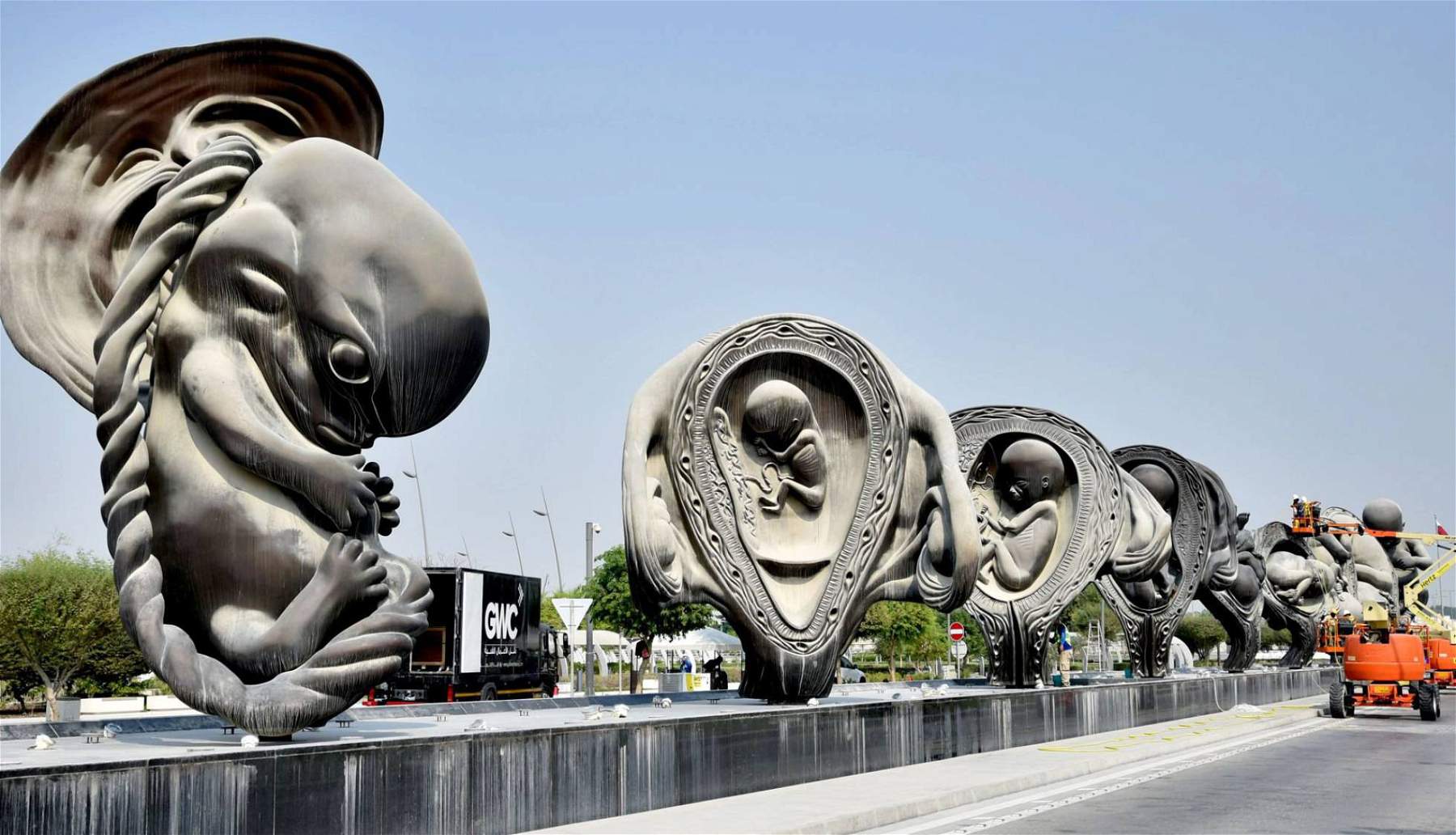
Over the years, Qatar has not only offered public spaces to international artists, but also displayed them in numerous exhibitions. A non-exhaustive list in chronological order, from the most recent to the oldest exhibitions: Pipilotti Rist (at the Qatar National Museum until July 2023), Yayoi Kusama (at the Museum of Islamic Art until 1 March 2023), Virgil Abloh (at the Fire Station from Nov. 5, 2021 to April 2, 2022), Jeff Koons (at the Qatar Museums Gallery from Nov. 21, 2021 to March 31, 2022), Kader Attia (at the Arab Museum of Modern Art Mathaf from Nov. 8, 2021 to March 31, 2022), Kaws (at the Fire Station from Oct. 25, 2019 to Jan. 25, 2020), Ai Weiwei (at the Fire Station from March 15 to June 1, 2018). There have also been some past art exhibitions, for example, the one on Kazimir Malevic and the Russian avant-garde in 2019 and the one on Picasso in 2020. And this is to stay confined to the sphere of art, but the discussion could be expanded to other areas as well: for example, an exhibition by the maison Valentino and an exhibition showcasing a selection of objects from Milan Design Week are currently underway at Doha’s M7 museum (the museum of design and technology).
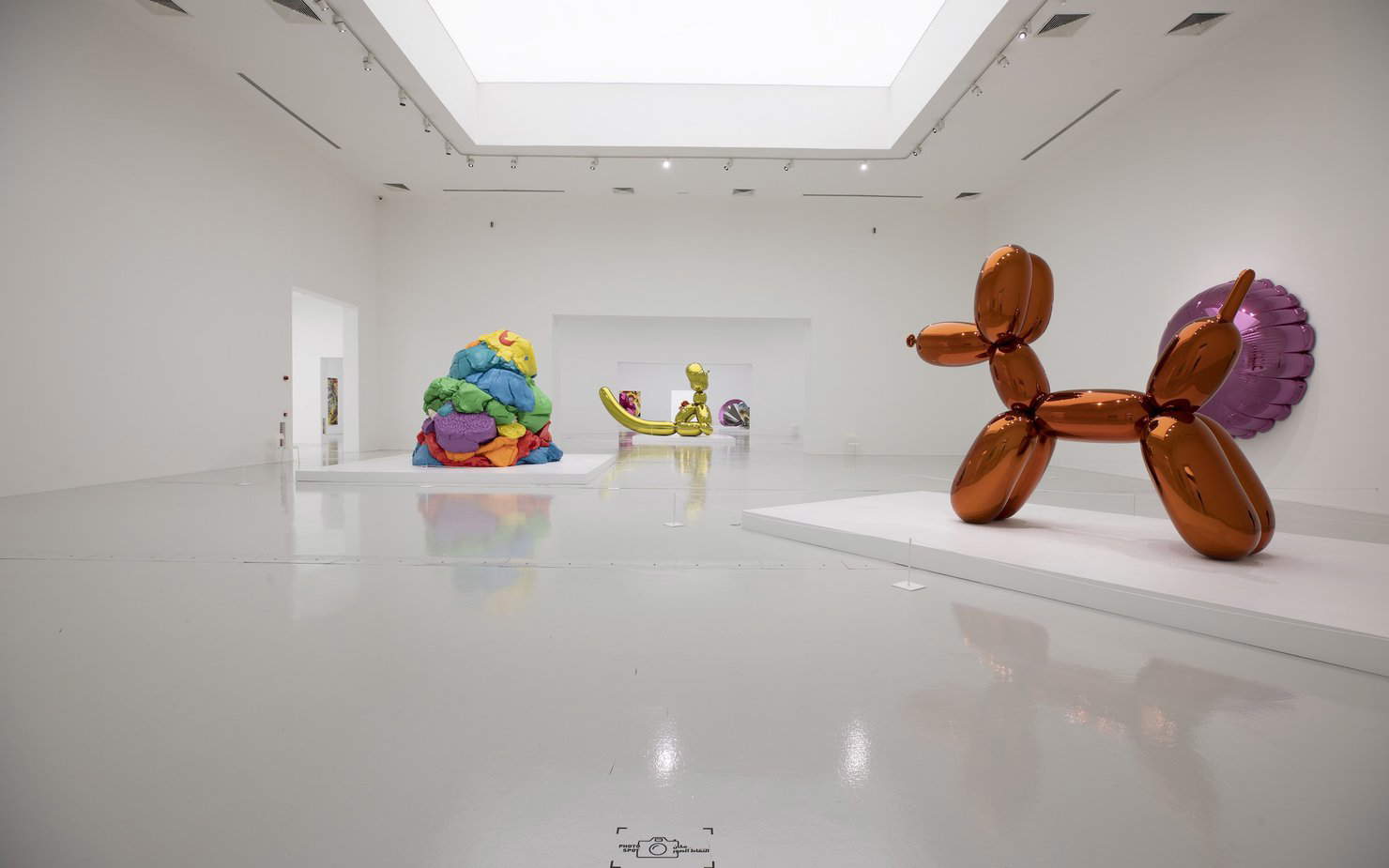
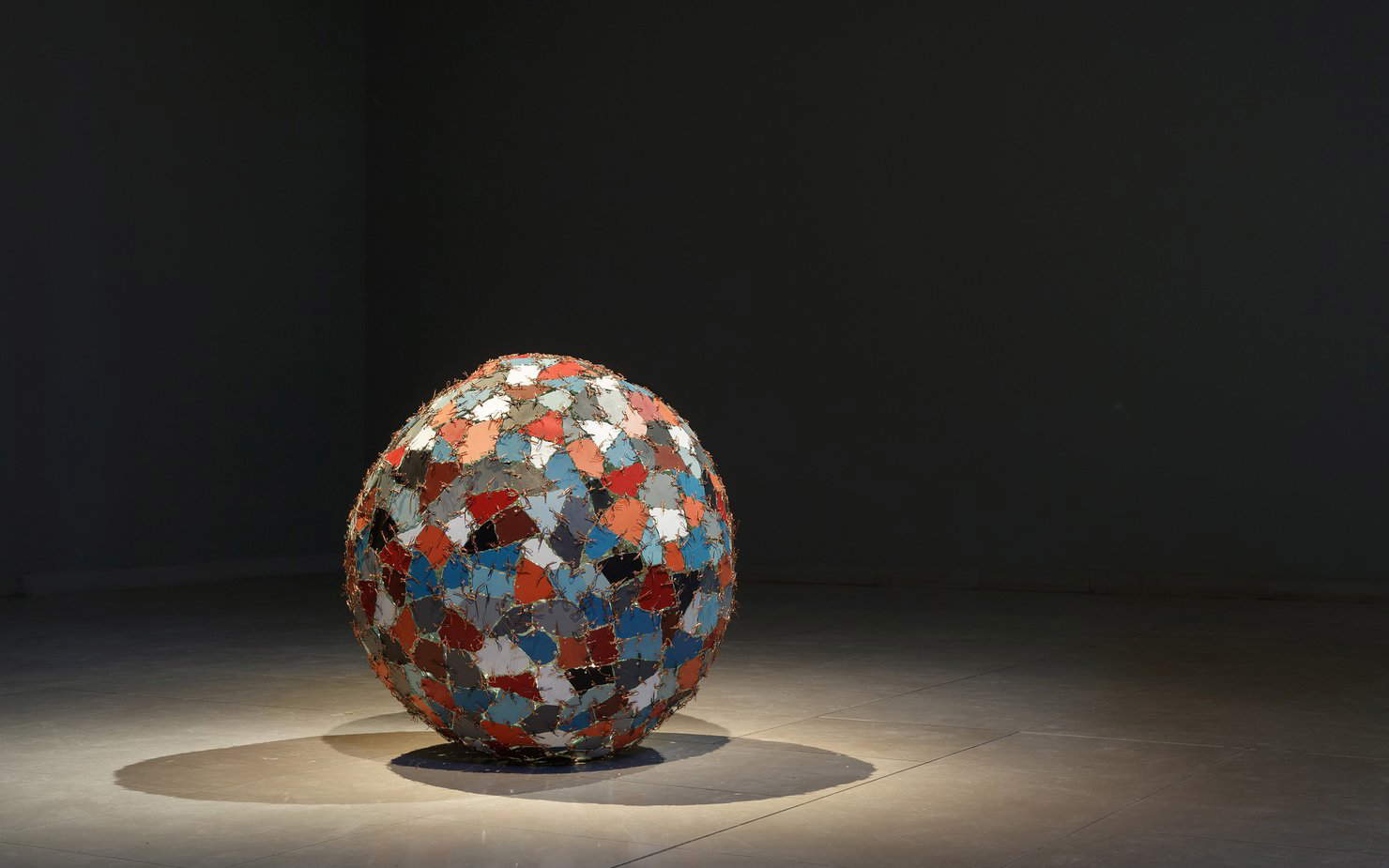
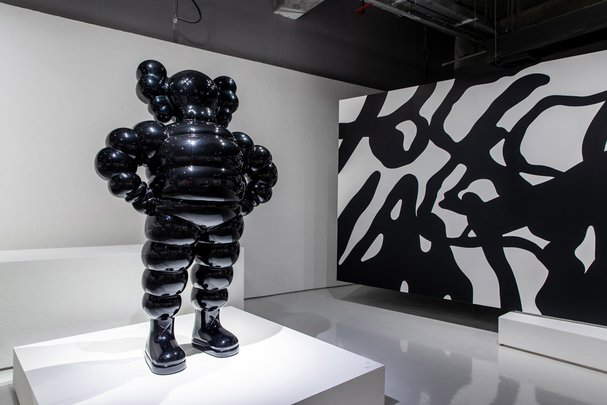
To secure some of the most important artworks that have ended up on the market in recent years, the Al Thani family has spared no expense. In 2015, then-Prime Minister Hamad bin Jassim bin Jaber Al Thani was listed as the buyer, at Christie’s auction, of Pablo Picasso’s Women of Algiers, which fetched $179.4 million (which at the time was the highest price ever marked in an auction). And also that same year, the Qatar Museums institution purchased, in a private negotiation, the work Nafea Faa Ipoipo by Paul Gauguin, for $300 million. Two years earlier, rumors swirled that Al-Mayassa bint Hamad Al-Thani had spent more than $600 million on artworks to be hung in Qatari museums: the spending list included 160 million for a version of Paul Cézanne’s Card Players, 310 million for eleven paintings by Mark Rothko, and then again 50 million for Picasso’s Child with a Dove, works by Andy Warhol, Roy Lichtenstein, Francis Bacon, and Damien Hirst. Many works are rumored to end up in the new Art Mill Museum.
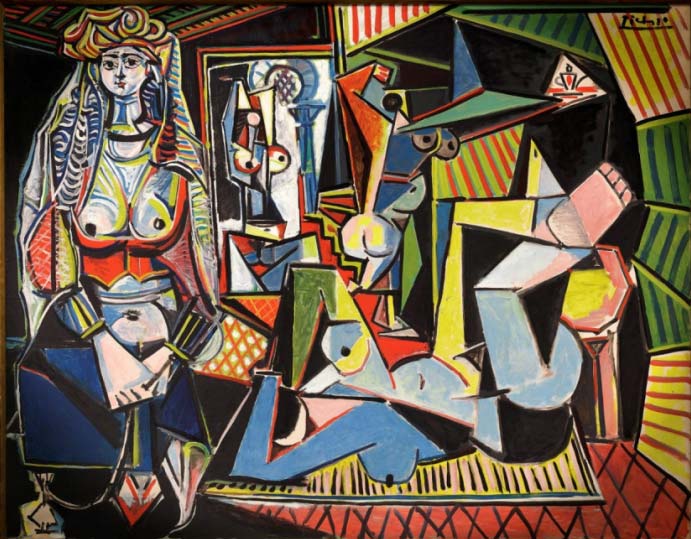


The above-mentioned Berlin exhibition is but one of many exhibitions that Qatar has supported, or directly organized, in recent years. Long is the list of exhibitions that have benefited from Qatari support, through its Qatar Museums institution. These include the 17th Venice Architecture Biennale held in 2021 (Qatar Museums was a Major Donor to the international exhibition), the recent (2021) exhibition of Islamic textile art at the Smithsonian in Washington with loans from the Doha Museum of Islamic Art, the controversial Notre monde brûle exhibition held at the Palais de Tokyo in Paris in 2020 (it was the subject of an outcry from the Parisian LGBTQ+ community), also in Paris the major exhibition on Picasso and Giacometti in 2016 (which then flew to Qatar in 2017), the Fondazione Prada’s 2013 “Curate” competition (launched in collaboration with Qatar Museums), the exhibition dedicated to pearls at the Victoria and Albert Museum in London from 2013-2014, the major solo show of Damien Hirst held at the Tate in London in 2012. But there are also smaller, more reposed events, for example, the exhibition that in 2019 the Barracco Museum in Rome dedicated to the Italian archaeological mission in Sudan, and also donations, such as the one in September this year to the Metropolitan Museum in New York, which let it be known that it will be used for the development of the Islamic art section.
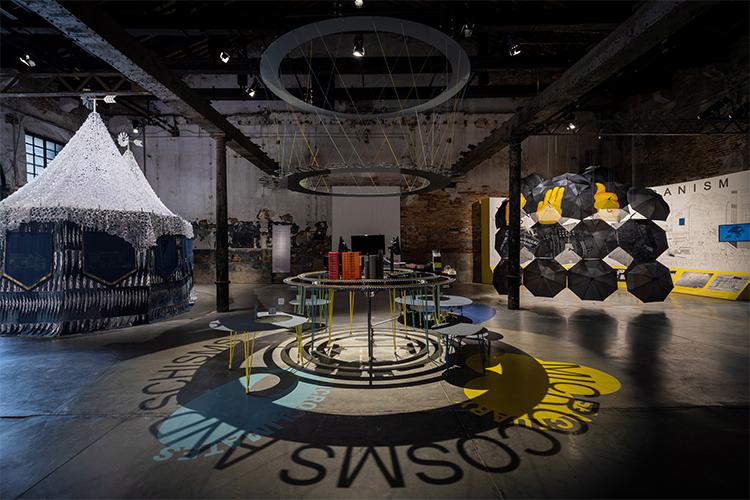
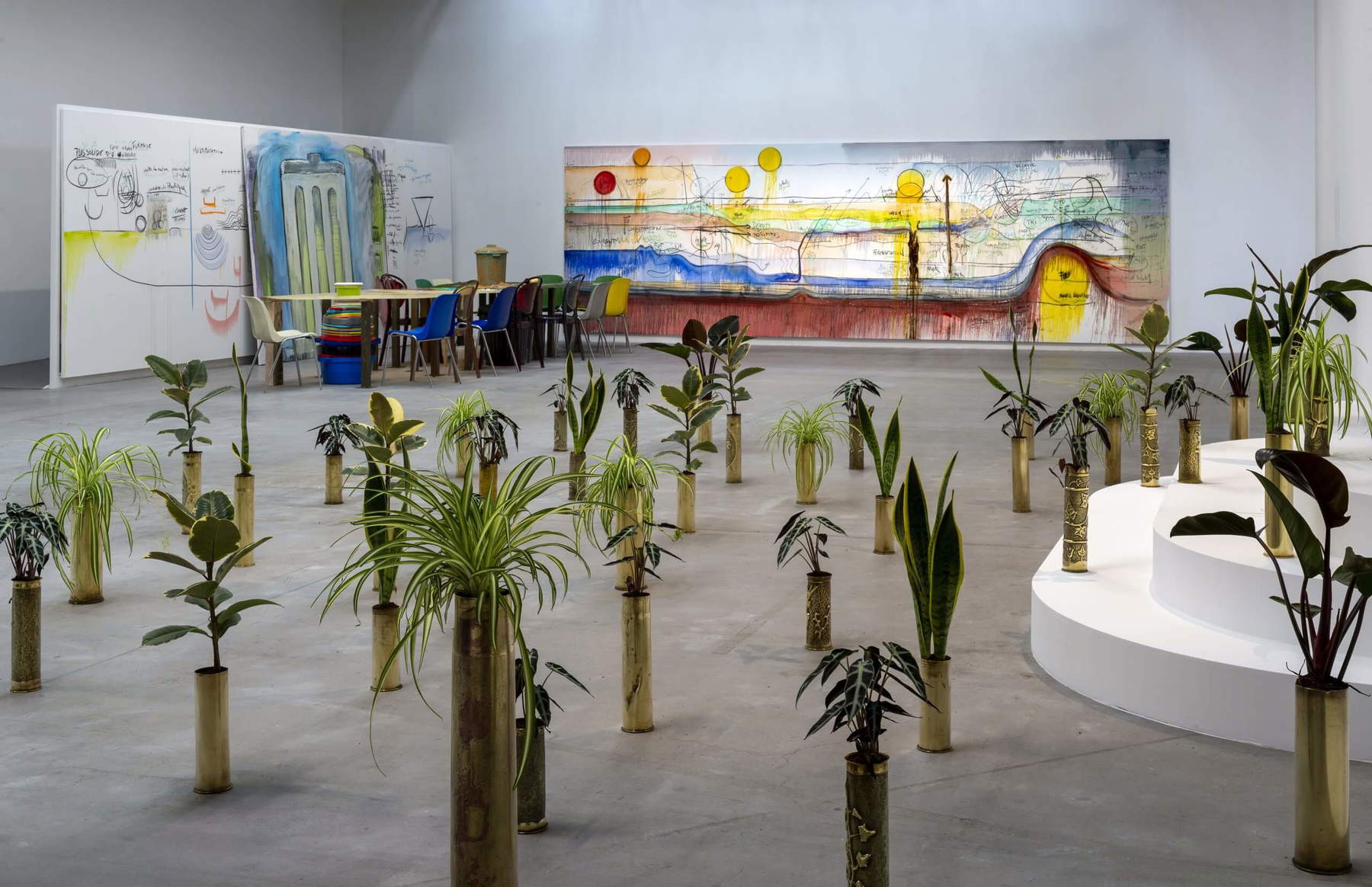
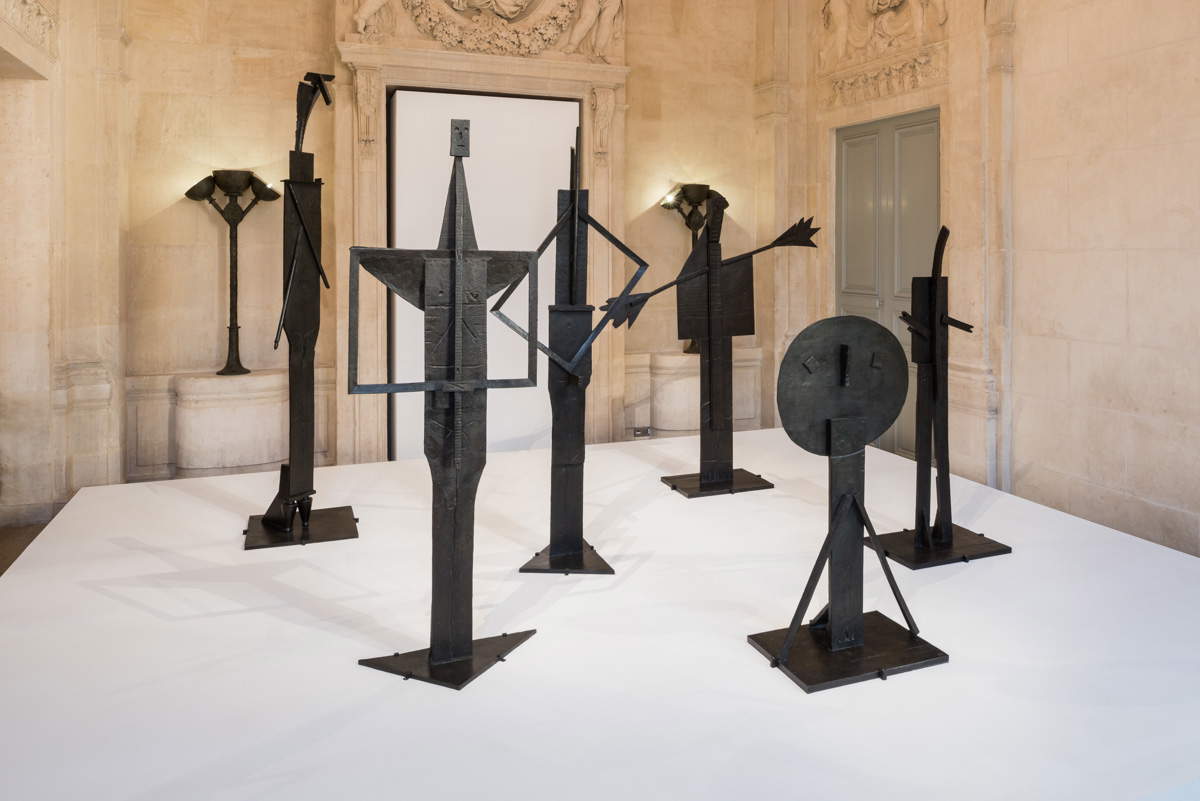
Warning: the translation into English of the original Italian article was created using automatic tools. We undertake to review all articles, but we do not guarantee the total absence of inaccuracies in the translation due to the program. You can find the original by clicking on the ITA button. If you find any mistake,please contact us.